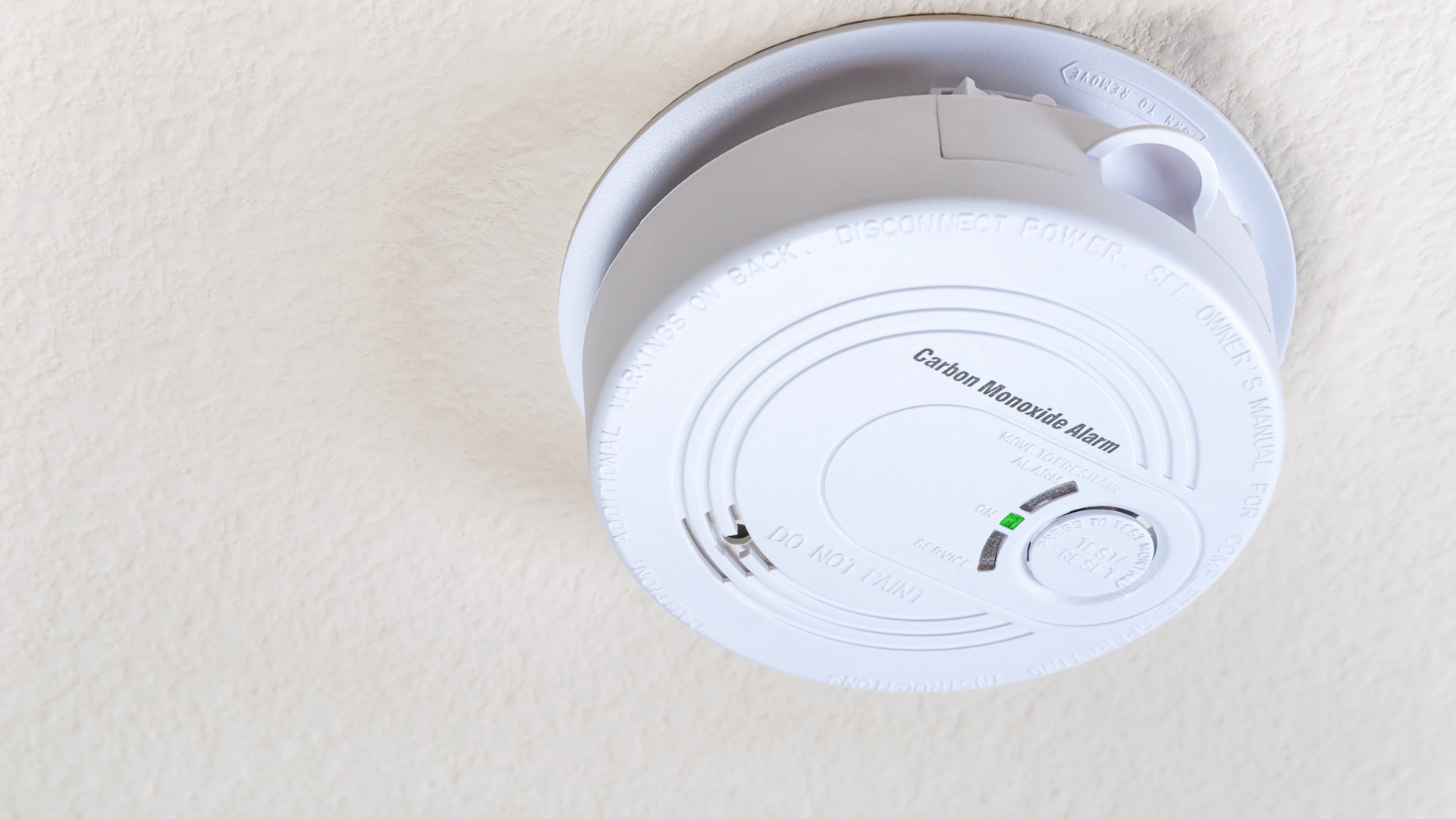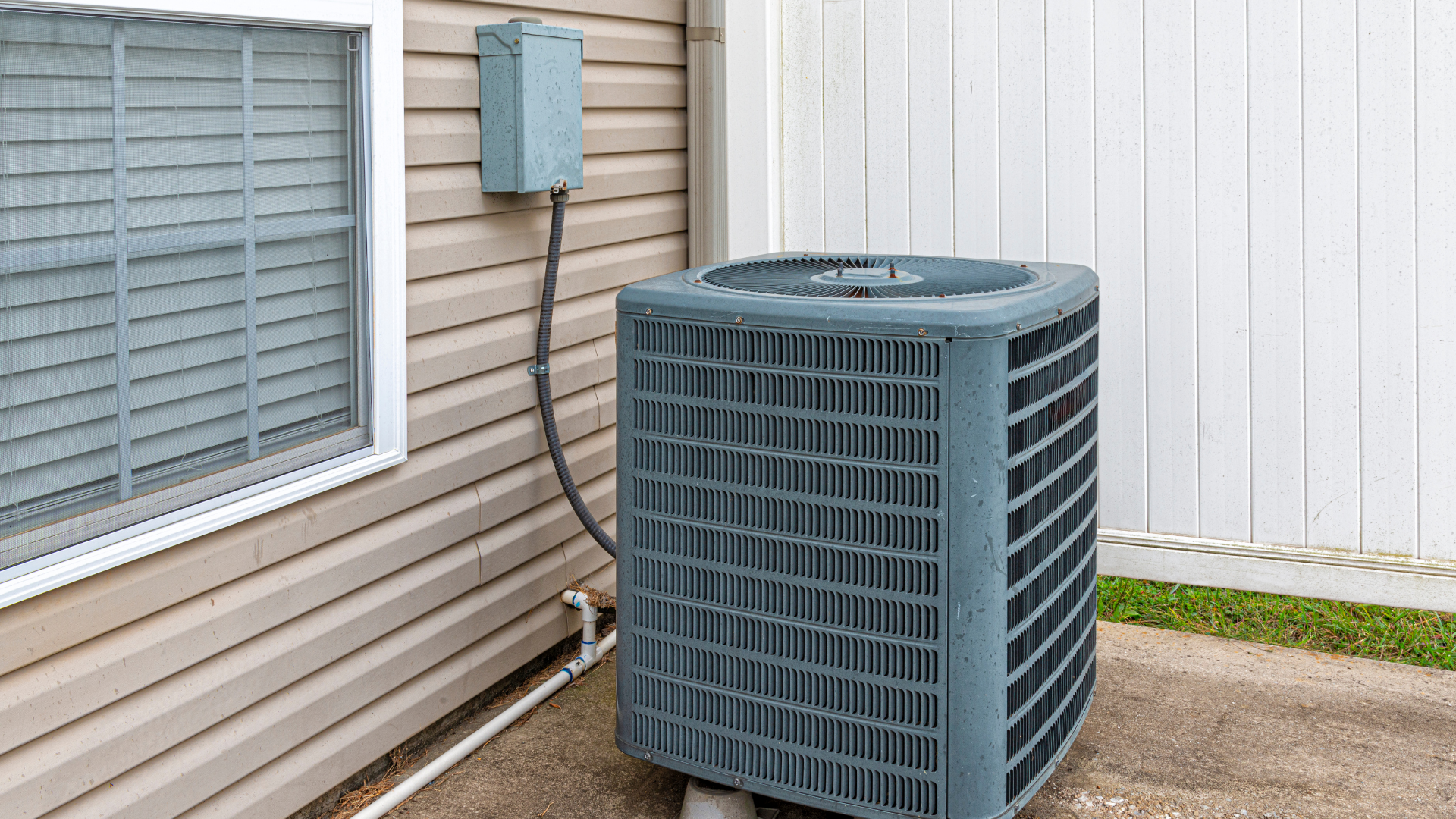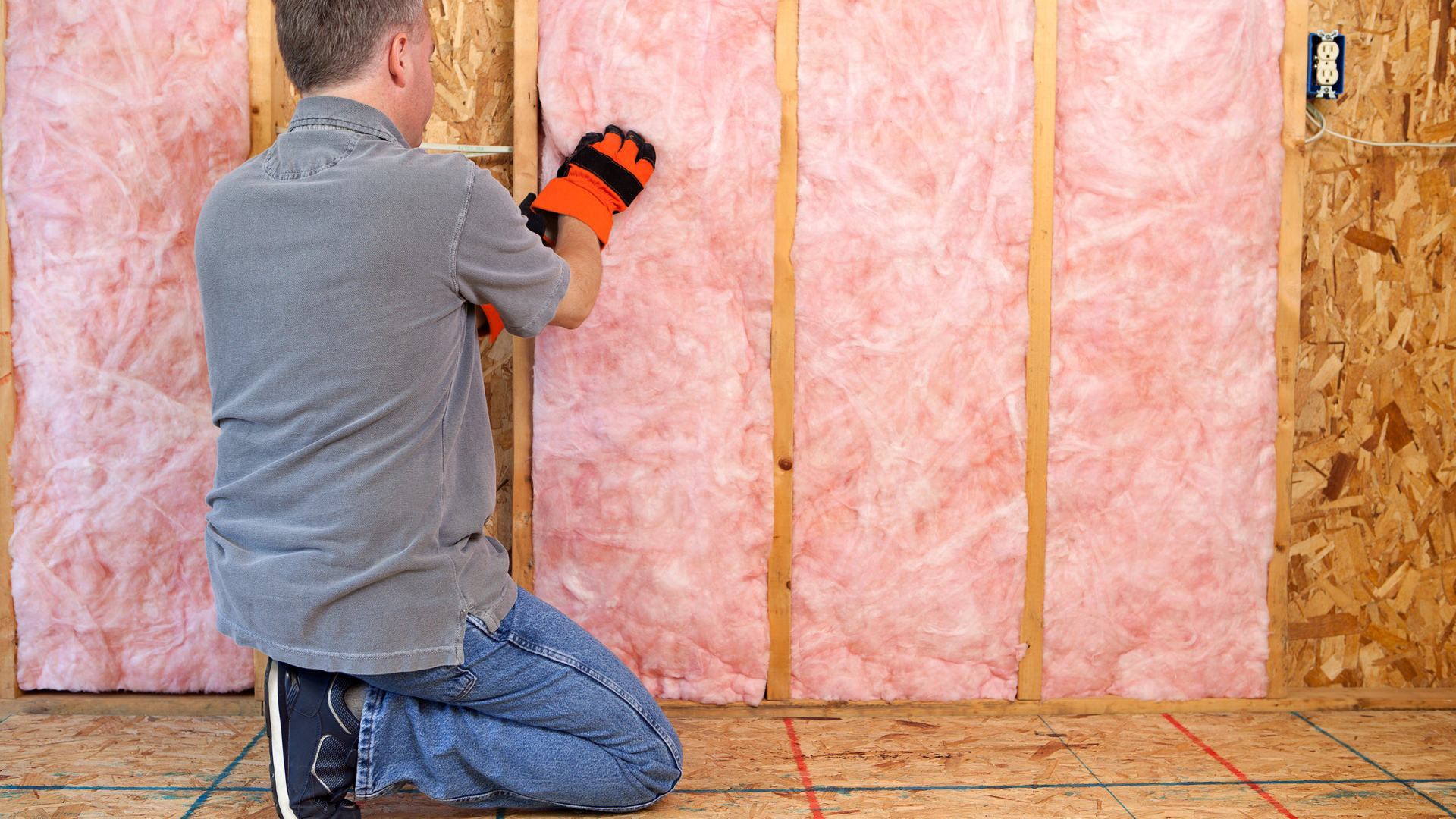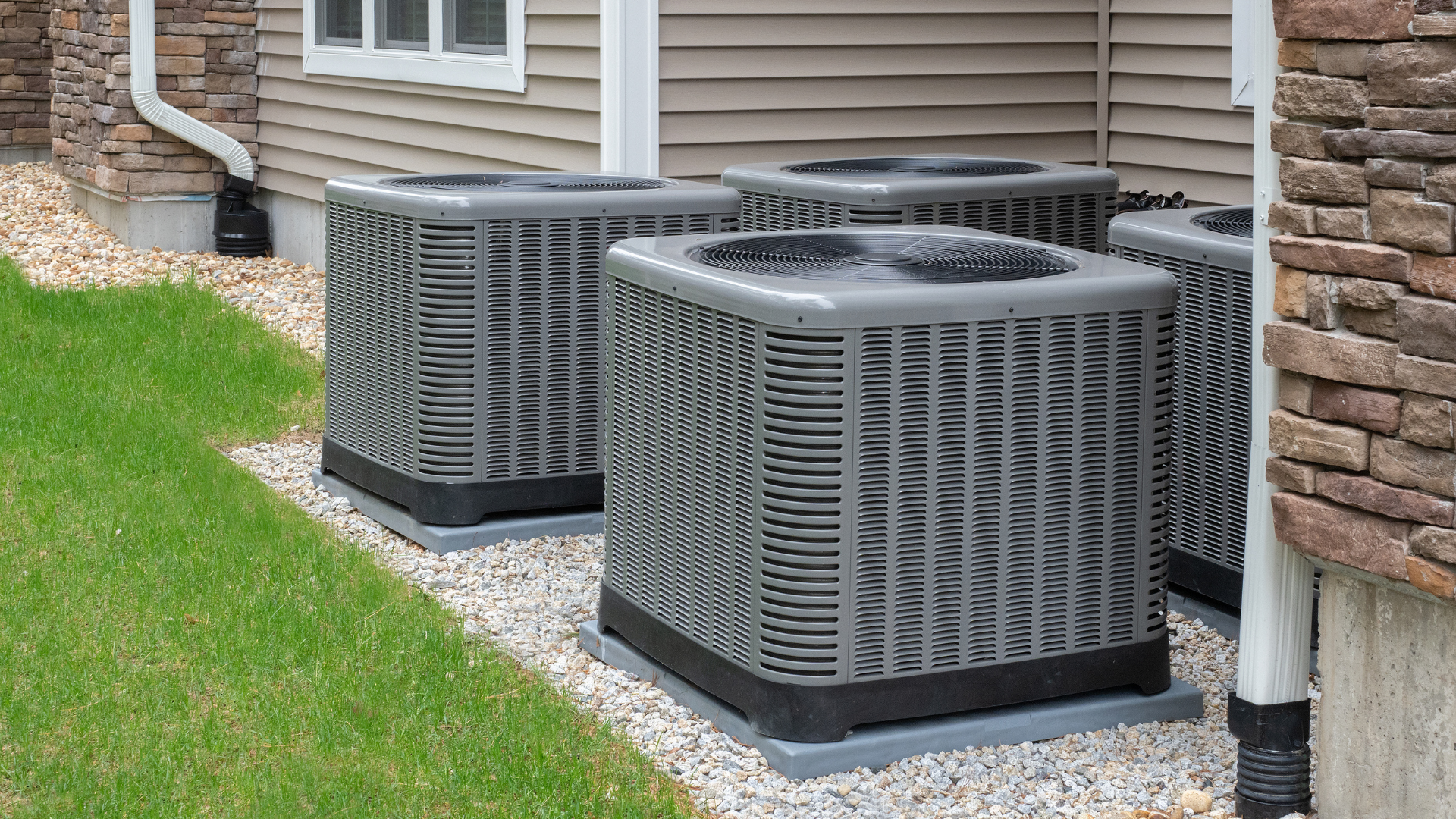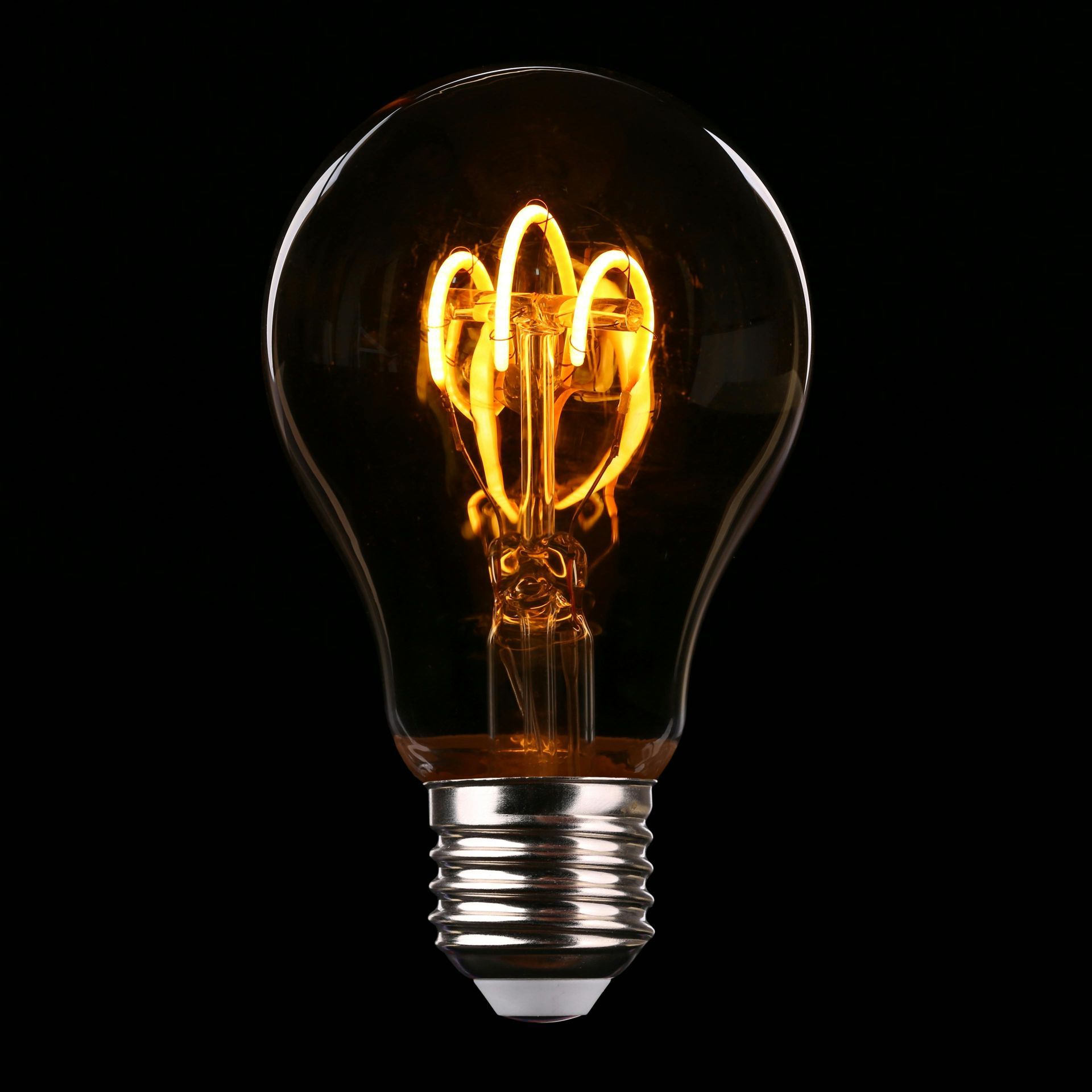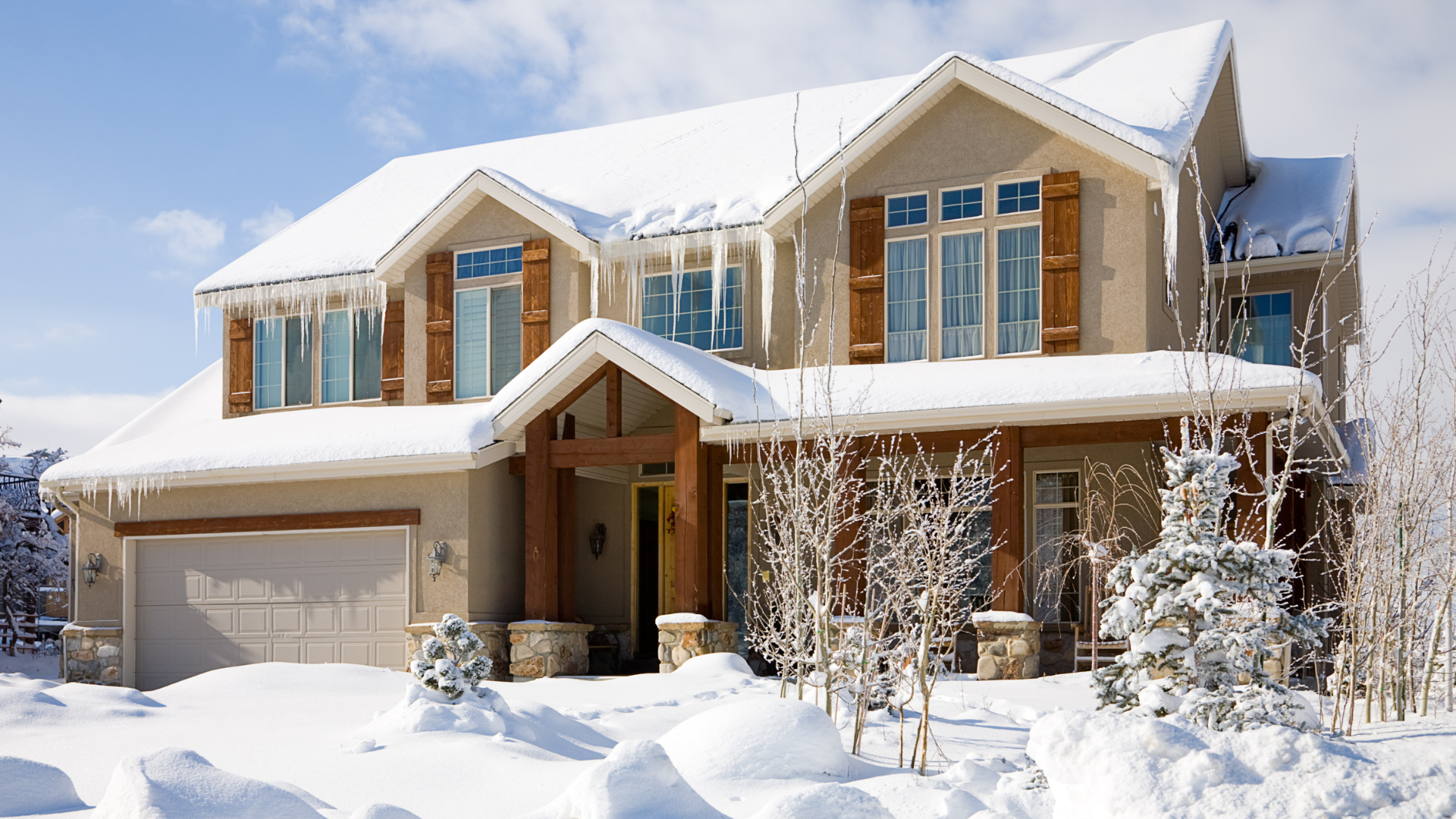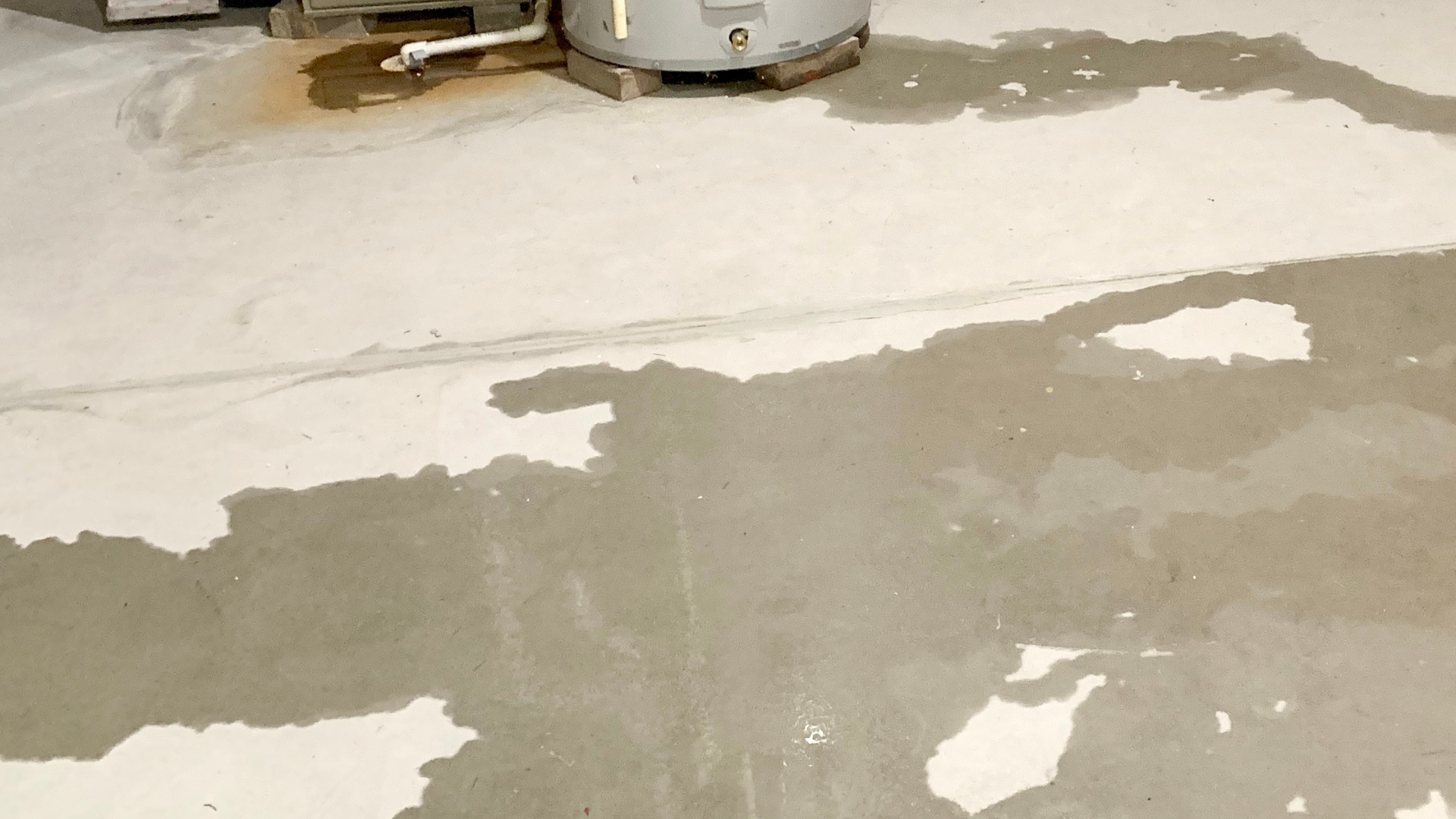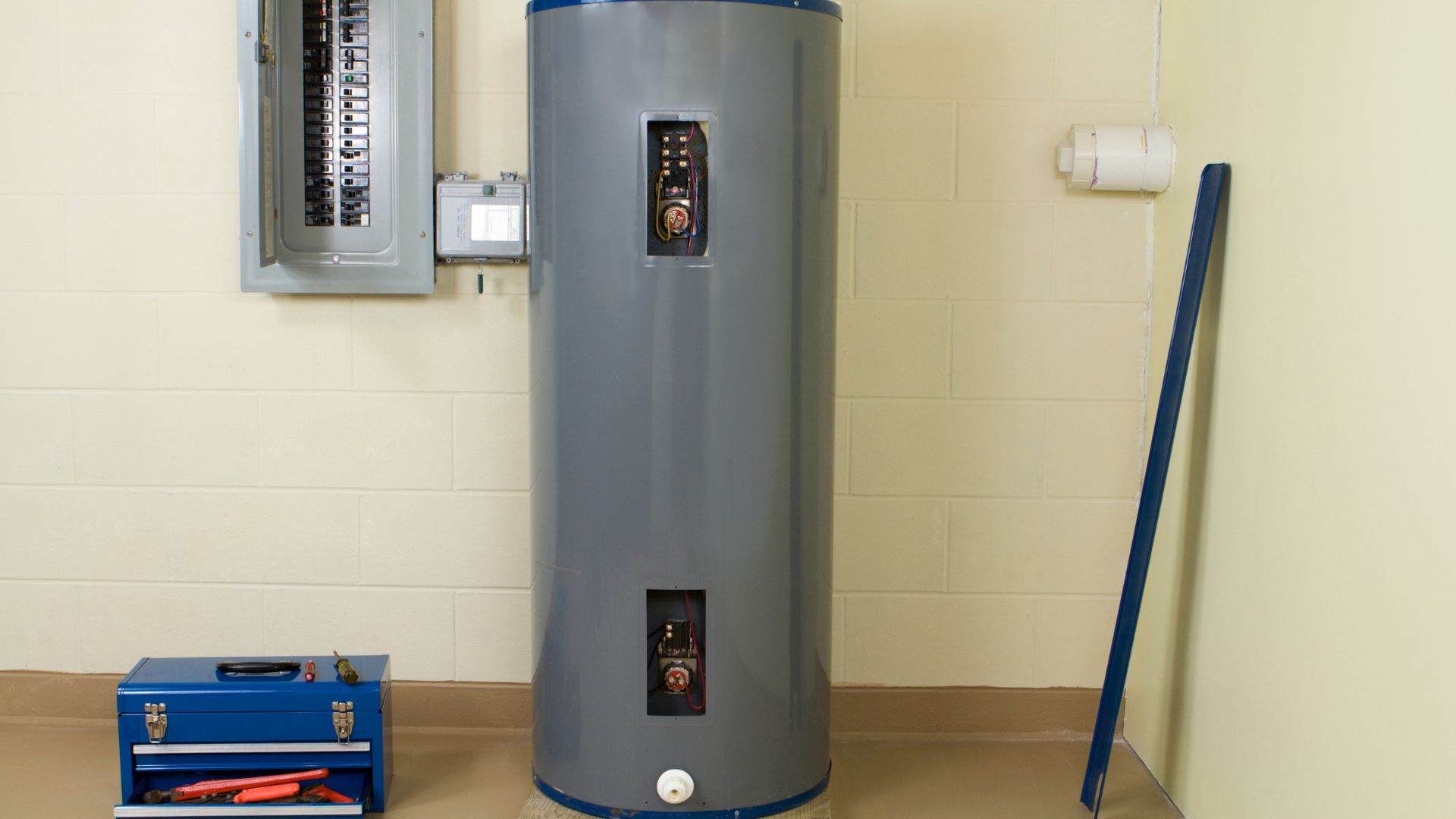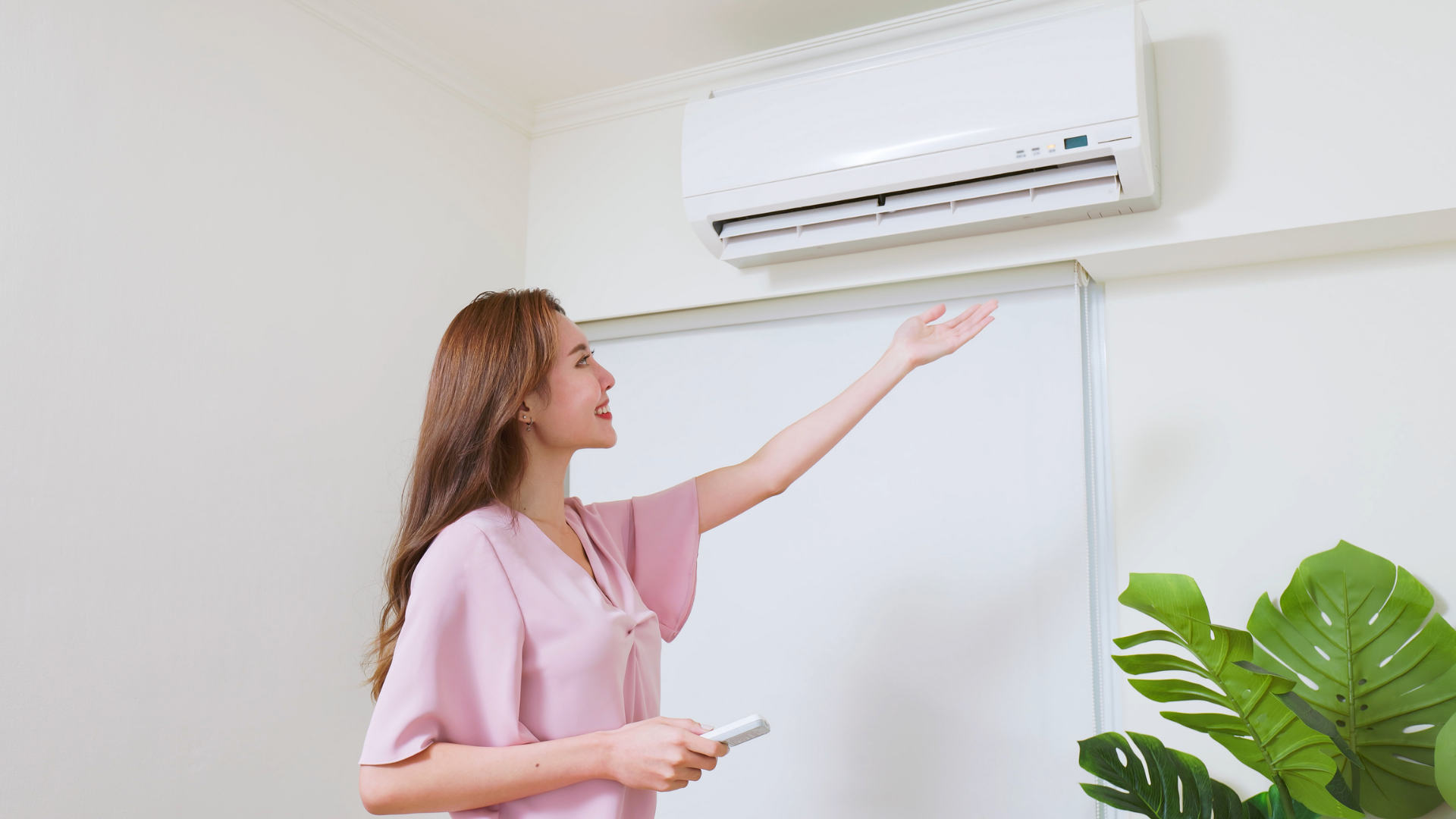Your Guide to the Heat Exchanger
Your Guide to the Heat Exchanger: The Heart of Your Furnace
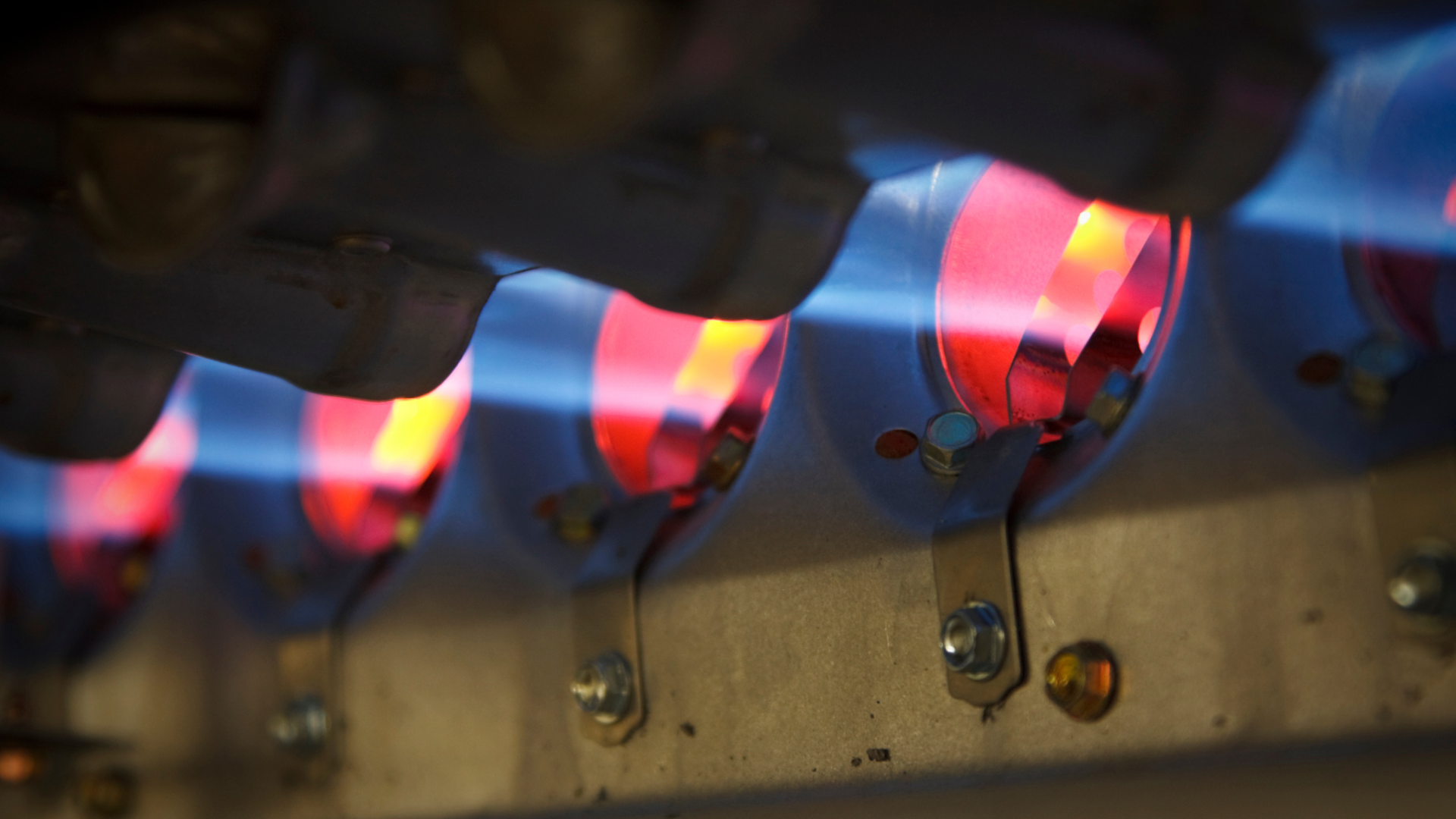
When it comes to your home's heating system, one of the most critical and often overlooked components is the heat exchanger. Understanding what it is and how to care for it is key to a safe and efficient home.
What is a Heat Exchanger?
A heat exchanger is a component inside your furnace that safely separates the combustion gases from the air that gets circulated into your home. Think of it as a series of metal chambers or tubes that get hot from the flame. As air from your home's ductwork blows over the outside of these hot chambers, the air warms up without ever coming into direct contact with the toxic combustion byproducts inside. It's essentially the barrier that keeps your indoor air clean and safe while transferring heat.
What Heating Systems Have a Heat Exchanger?
Heat exchangers are a primary component in any forced-air furnace that burns a fuel source for heat. This includes:
- Natural gas furnaces
- Gas or Oil Boilers
- Propane furnaces
- Oil furnaces
Electric furnaces do not have a heat exchanger because they use electric heating elements to generate heat, not combustion.
How to Care for a Heat Exchanger
Proper care for your heat exchanger is largely about maintaining the entire heating system. The single most important thing you can do is to have your furnace professionally serviced annually. During this maintenance visit, a technician will:
- Inspect the heat exchanger for cracks or damage.
- Clean the burner and other components to ensure efficient combustion.
- Check the flue and vent pipes for proper airflow.
Additionally, changing your furnace filter regularly is crucial. A dirty filter restricts airflow, causing the furnace to overheat and potentially stressing the heat exchanger, which can lead to premature failure.
How Long Does a Heat Exchanger Last?
A well-maintained heat exchanger is built to last. A typical lifespan is between 15 to 25 years. However, this can vary significantly based on factors like the quality of the unit, how often it's used, and whether it receives regular professional maintenance.
What Happens When a Heat Exchanger Cracks?
A cracked or rusted-through heat exchanger is a serious issue that can compromise your home's safety. When a crack forms, it breaks the seal between the combustion byproducts and the heated air. This allows carbon monoxide (CO), a colorless, odorless, and highly toxic gas, to leak into the air circulating throughout your home.
This is why an annual inspection is so vital—a professional can often spot a crack before it becomes a major problem. If a cracked heat exchanger is found, the furnace is typically "red-tagged," meaning it's a safety hazard and must be turned off immediately. In most cases, a cracked heat exchanger cannot be repaired and requires a complete furnace replacement for your family's safety.
Click Another Article to Read More

